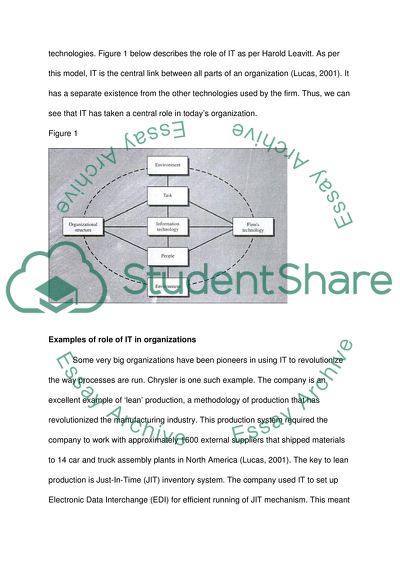Cite this document
(“Impact of IT on TQM in an Organization Research Proposal”, n.d.)
Impact of IT on TQM in an Organization Research Proposal. Retrieved from https://studentshare.org/information-technology/1571474-essay
Impact of IT on TQM in an Organization Research Proposal. Retrieved from https://studentshare.org/information-technology/1571474-essay
(Impact of IT on TQM in an Organization Research Proposal)
Impact of IT on TQM in an Organization Research Proposal. https://studentshare.org/information-technology/1571474-essay.
Impact of IT on TQM in an Organization Research Proposal. https://studentshare.org/information-technology/1571474-essay.
“Impact of IT on TQM in an Organization Research Proposal”, n.d. https://studentshare.org/information-technology/1571474-essay.


